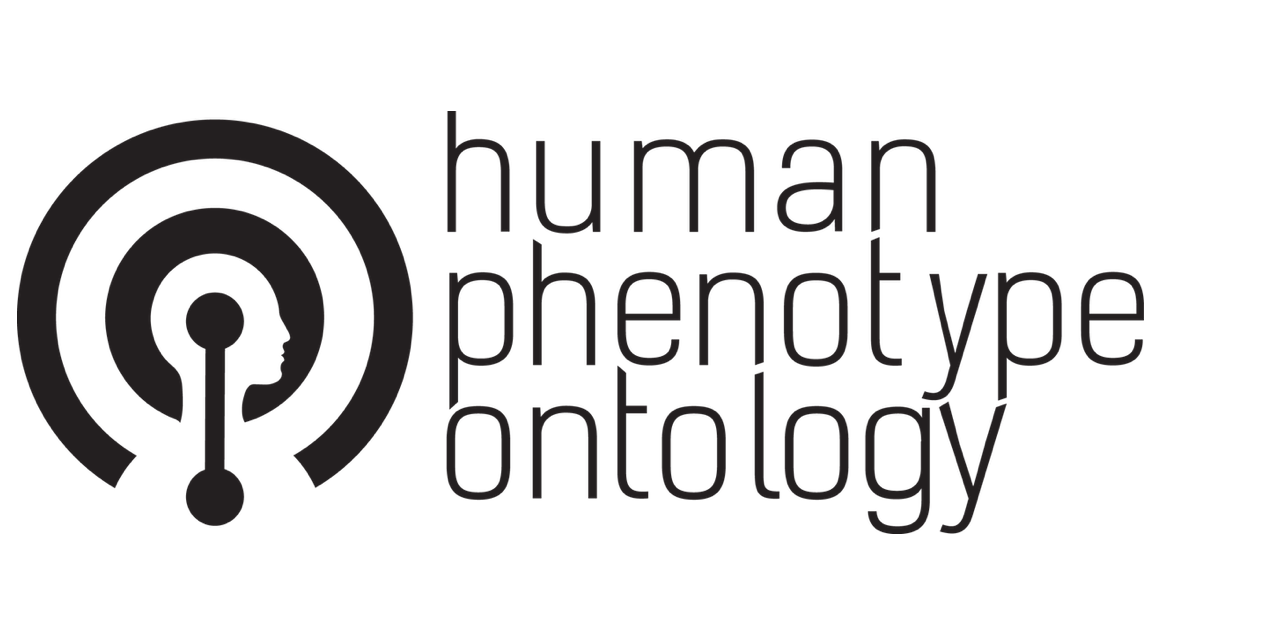How to use this feature
Orphanet provides a clinical description of rare diseases using a set of clinical signs and symptoms. This description, based on cases published in the biomedical literature, uses the phenotypic abnormalities referenced in the Human Phenotype Ontology (HPO).
This tool is dedicated to searching for a rare disease by clinical signs or symptoms. It must been used a search facility to find rare disease information in Orphanet and not as a way to assist making a diagnosis.
In the search bar, enter the clinical sign/symptom you wish to search for and select the corresponding HPO term. It is possible to select several clinical signs/symptoms, in this case you can choose MUST, SHOULD or MUST NOT options to combine them. You can then drag and drop the clinical sign/symptom from one category to another.
This tool is a first version which does not exploit the hierarchy of the HPO ontology but only the direct annotations between a rare disease and an HPO sign. For example, the polydactyly hierarchy (HP:0010442), the term includes various polydactyly of the limbs, including those of the hand. If you search for "polydactyly of the hand" (HP:0001161) then the diseases annotated with this term will come up but if you search for "polydactyly" alone, the rare diseases annotated with "polydactyly of the hand" will not be presented as a result.
Results are presented in a graph format: the most relevant result to the least relevant result is presented with a colour-coding system for the frequency of the related clinical sign(s)/symptom(s) in the patient population and icons to specify if the clinical sign/symptom is an obligate sign (always present), a pathognomonic sign (a sign whose presence indicates that a particular disease is present beyond any doubt: the absence of this sign does not exclude the possibility of the presence of the disease, but the presence of the pathognomonic sign affirms it with certainty), a diagnostic criterion (included in established sets of criteria to establish the diagnosis of a particular disease, having been published in a peer-reviewed journal) or an exclusion criterion (is always absent in a particular disease and therefore exclude its diagnosis). You can display examples clicking on "Example 1" or "Example 2" options.
Warning
The information provided is based on published scientific articles.
The information provided is estimated for the entire population of patients in routine care. Some phenotypic abnormalities reported here may occur individually with a variable temporality or severity, while others, not listed, may still be encountered. Phenotypic annotations are not yet available for all rare diseases; the annotation process is ongoing.
The information contained in Orphanet is regularly updated. It is possible that discoveries have been made since the last update and have not yet been incorporated.
Professionals are encouraged to always consult the latest scientific publications before making a decision based on the information provided. The information contained in Orphanet is not intended to replace the services of a healthcare professional. Orphanet cannot be held responsible for the deleterious, truncated or erroneous use of any information found in the Orphanet database.


